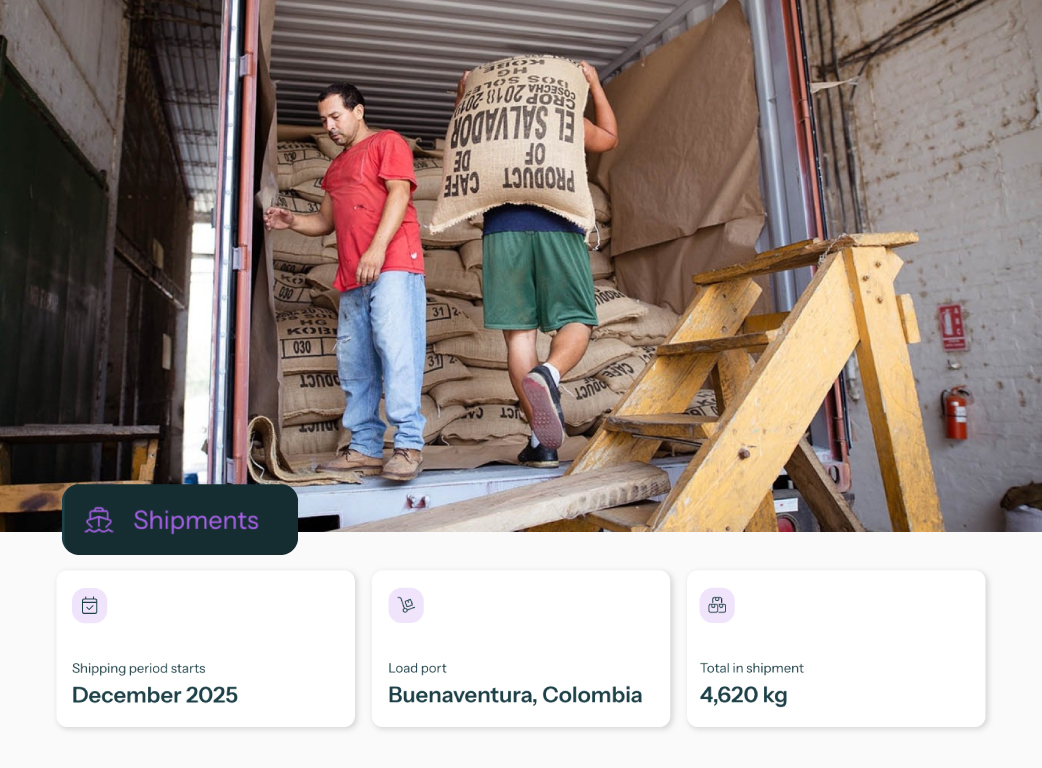It’s a jungle out there. If you’re looking for a solid blend component or house espresso from Brazil, the market’s not exactly making it easy. Coffee prices soared, and the C-market is up nearly $1.00/lb from October last year. But waiting around for prices to drop isn’t a luxury many roasters can afford anymore.
So, what can you do? We’ve got some ideas. We asked a Brazilian exporter to break down the quality and price differences between two big quality standards in the commercial coffee world: Good Cup and Fine Cup. In this video, Roberta Armentano of Itah Comercial Exportadora walks you through green grading in Brazil in detail and explains what these standards mean for you as a roaster.
Pablo Garcia Jimenez, Algrano’s Quality Control manager, also gets into the cupping bowl, comparing prices and quality of the same coffee but with different screen sizes. Spoiler: sometimes, the cup quality barely changes, but the prices sure do...
Roberta and Pablo use coffees on offer on Algrano to show you how it works. But there’s a catch: most producers don’t label their coffees with screen sizes or number of defects. So finding the information that matches what they’re saying might take a bit of digging. The info is usually in the coffee lot descriptions, and the producer is just a click away if you’ve got questions.
Keep watching below. It will all make sense in the end.
00:00 Opening with Head of Sourcing Eli Blaich
02:56 Good Cup and Fine Cup with Roberta Armentano, Itah
13:07 Cupping screen sizes with QC Manager Pablo Garcia Jimenez
18:42 What it all means for your sourcing with UK Sales Manager Emma Haines
Green grading guide for Brazilian coffee
.png)
We teamed up with Capeca (Agricultural Cooperative of Campos Altos) to create this handy explainer of Brazilian coffee standards for commercial and specialty roasters. This guide will show you everything from New York defect grades to screen size separations, and how the industry applies these standards in practice. It’s a bit of an alphabet soup, but it’s well worth digging in.
While the video above is an overview to give you a taste of what's possible, this guide will answer most (if not all) of your questions about Brazilian coffee grading. There's no centralised or official source of information about this online and most coffee courses don't cover the topic in such a comprehensive way. Make sure to download it and keep it to forward you green buying knowledge.
Here’s how the guide will help you:
- Find more coffee options: Brazilian producers have loads of ways to prepare their lots. If you’re buying a container or more, there’s a lot of room to customize.
- Keep your budget happy: Learn which coffee grades to explore within the same taste profile so you can find a price that works for you and the producer.
- Discover new blend components: If Brazil is the backbone of your house coffee, different grades could give you the body and sweetness you want as a stable base.
- Get the right grade for ground coffee: Selling pre-ground coffee for supermarkets or automatic machines? Smaller screen sizes might taste just as good as the big ones.



.png)
